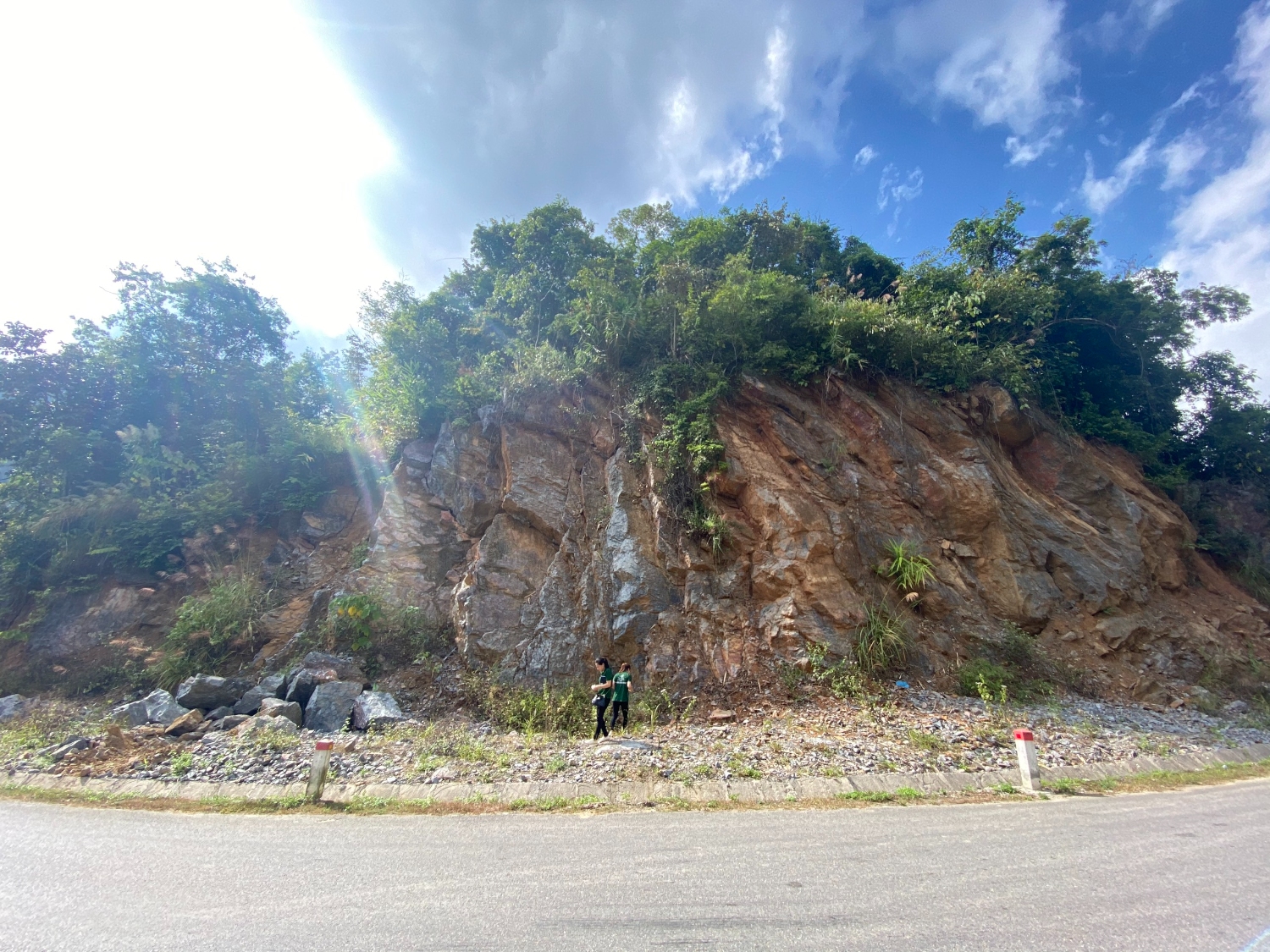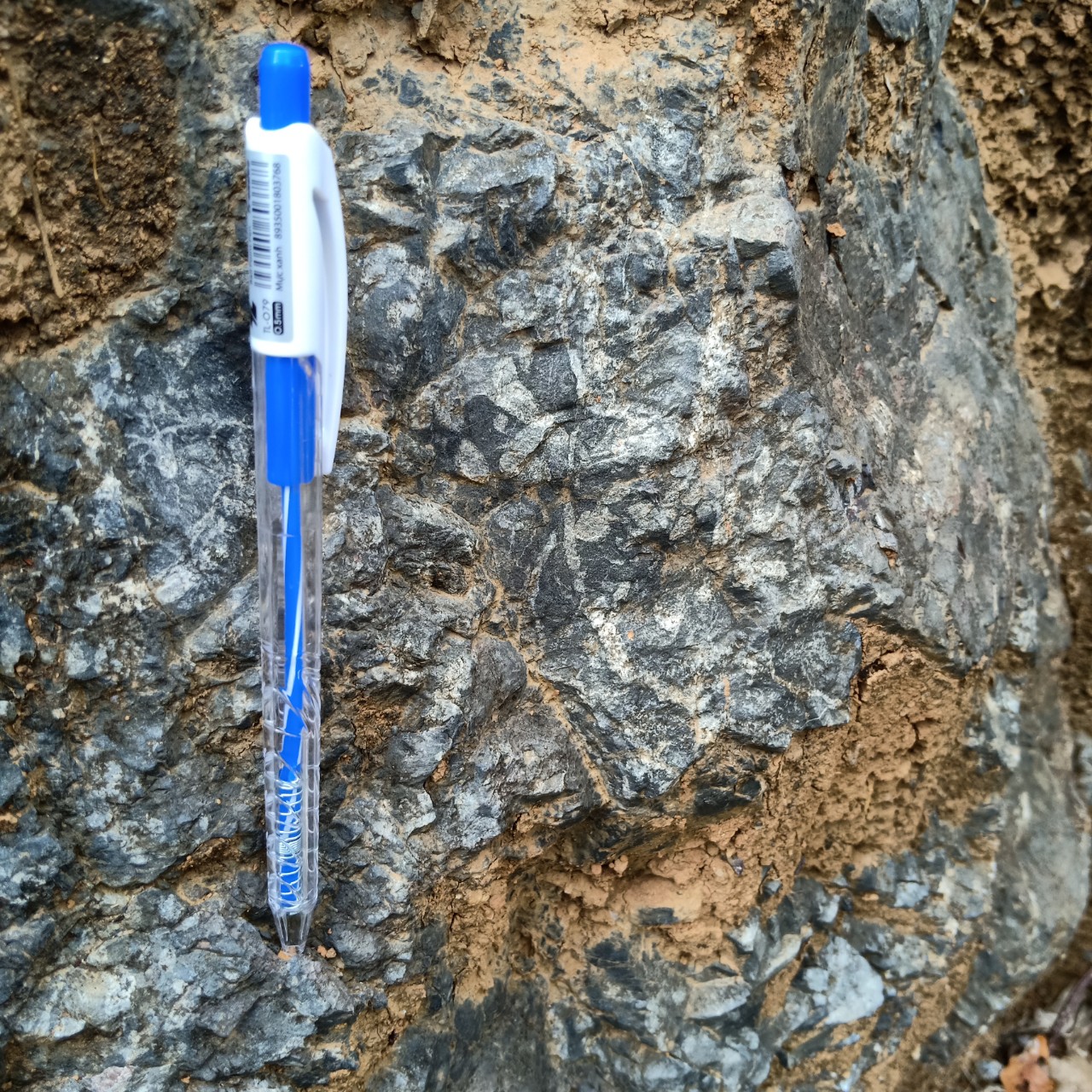Stromatoporoid fossil
The development history of living beings is closely associated with the evolution of the Earth’s crust. The changes in geological and climatic conditions resulted in the development of living things. About 400 million years ago this area was once a shallow sea, sediment deposit formed limestone and preserved a large amount of paleontological fossils, witnesses of a long and diverse ancient ocean environment.
This geosite is located on Tu Hin mountain, on the road from Dong Khe town to Duc Long commune, in the area of Le Lai and Danh Sy communes. Stromatoporoid fossils are found in dark grey silicious limestone with unknown bedding of Na Quan formation (D1-2nq) along both sides of the road.


Stromatoporoid lived in sallow-medium marine environment. They lived in group and mainly developed during Paleozoic, in shallow coastal and open sea environments, they are important fossils ant in the study of stratigraphy and paleo-environment.
Stromatoporoid fossil skeletons have a variety of shapes: twigs, spherical-hemispheres, cylinders, and plates.
The rock in the area was fractured into tens of meters wide and strongly dissected zones, the denudated terrain on shale, limestone forming low hills, peak-cluster depression karst terrain, hanging valleys and limestone facets are evidence of the fault cliffs of the NW-SE fault zone active in the recent period (Neotectonics).
The geodiversity has created great values for sightseeing, research and education in this area. Geological, geomorphological, landscape, ecological factors and especially paleontological and stratigraphic values have met the highest demand of scientists and others for geological and environmental research. It is a good place to learn about ancient environmental and geographical conditions, and observe geoheritage created by nature existing through time and changes of society.Reader Comments
Newer articles
Older articles


